Archaeological discoveries in 2018, which put scientists in a deadlock
Although 2018 has long passed and we have even got used to the new 2019 mu and move forward, never too late to think about the past and about the amazing things that have happened. In 2018 a number of important discoveries were made, we also talk about the 11 incredible archaeological finds, which may alter our understanding of human history forever.
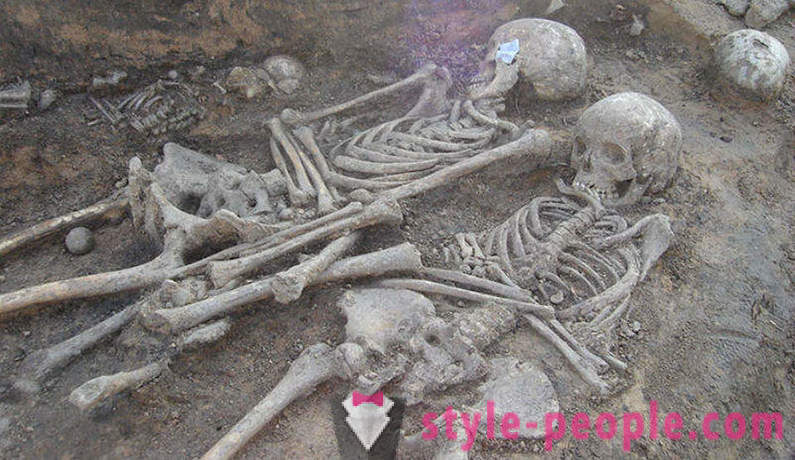
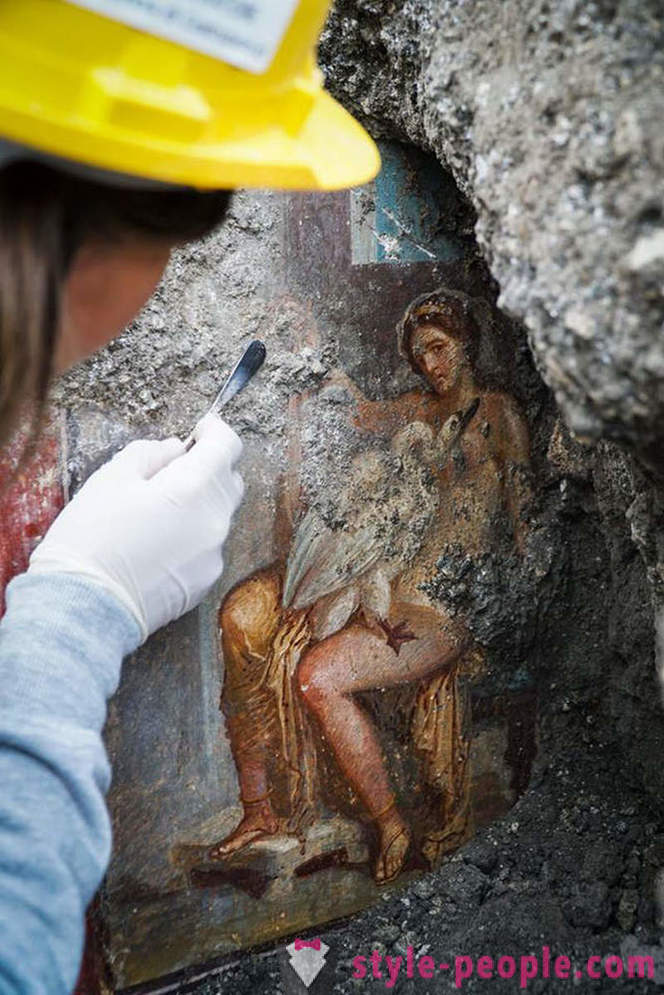
At the bottom of the Black Sea have found the oldest ship
Scientists believe that the Greek merchant vessel about 2,400 years old, which means that it is the oldest of the found vehicles known to man. He was found not far from the Bulgarian Black Sea coast of the research team of the project marine archeology. Since at a depth of 2000 meters is not enough oxygen, the ship perfectly preserved, which will allow scientists to study it and learn more about the ancient world.
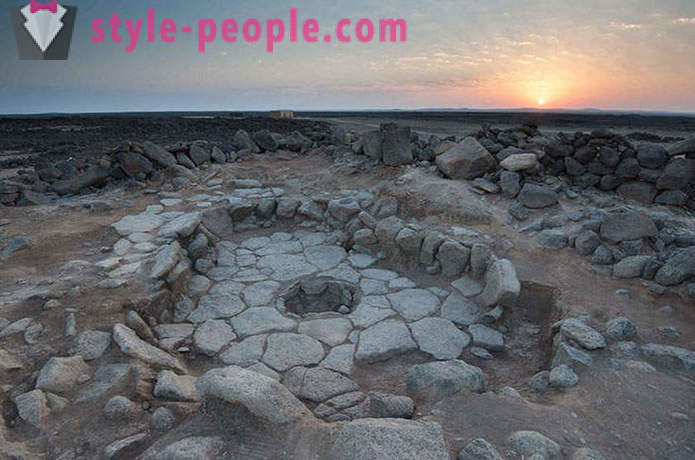
Scientists have reached the last unexplored part of Pompey
Over the years, the study of the ancient city of Pompeii, one-third of the area was still intact, but in 2018 this changed. excavation area is in danger because of solidified ash and pieces of lava unexplored portion which threatened to collapse artifacts. Then archaeologists with particular zeal began to dig out the last untouched area. There they found a series of preserved frescoes, as well as room, built as a temple to the deities Lares, who were considered the guardians of homes and families in the ancient Roman culture.
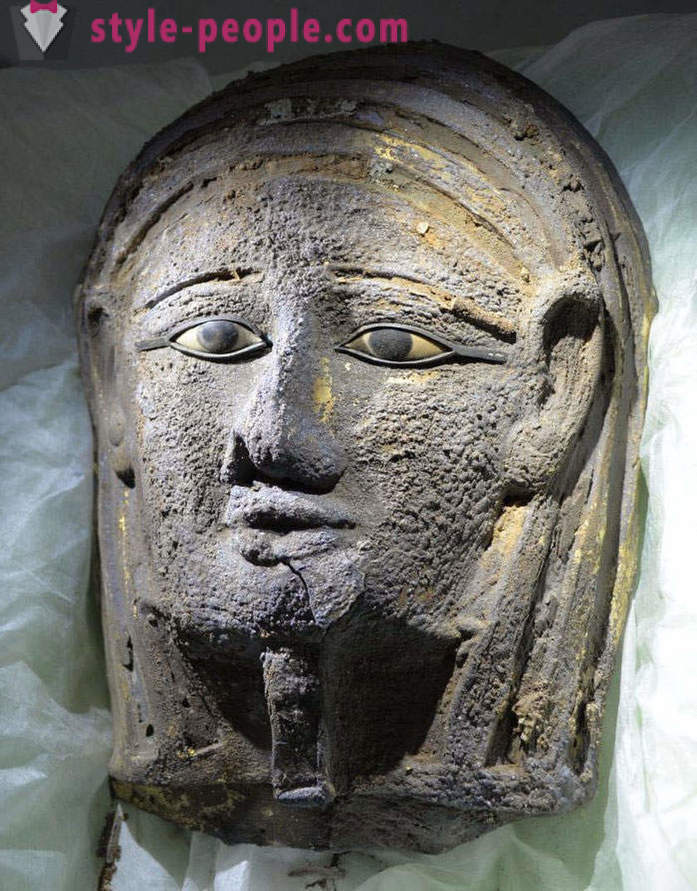
The people began to bake bread before the advent of agriculture
It turns out that 14 400 years ago, over 4000 years before the emergence of the crop, people have tried to find the perfect recipe for bread. Researchers from the University of Copenhagen, discovered a small parking ancient people belonging to the Natufian culture. There remains were found very similar to bread. It turned out that was natufiytsev furnace and that scientists have found in them, become proof that they collected cereals and tubers to make flour for bread. It is believed that these were the remains of no ordinary bread, but rather treats, which were prepared on special occasions. Moreover, scientists from Stanford University have found evidence proving that natufiytsy brewed beer 13,000 years ago. These findings suggest that our ancestors were bakers and brewed beer long before the advent of agriculture.
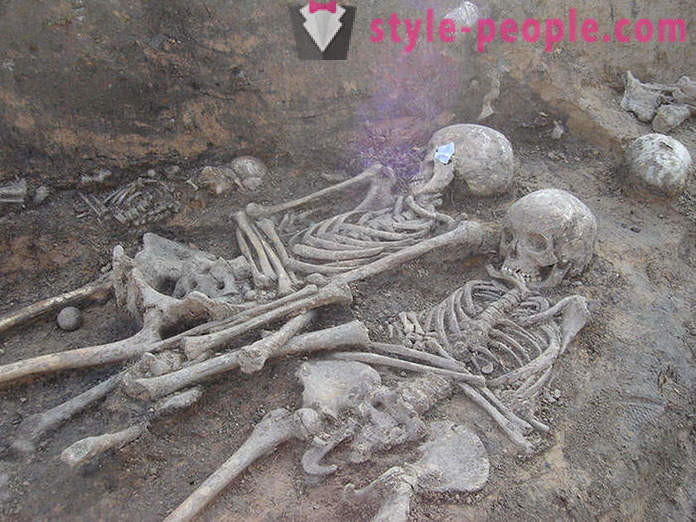
Ancient Egyptian funeral home
German and Egyptian archaeologists have discovered an ancient funeral in Egypt. Initially, scientists stumbled upon a rectangular building, which took over the shop because there kept ceramic vessels with oils and substances that are used during mummification. Open courtyard of a workshop led to a 30-meter tunnel, which ended with the burial chamber with dozens of mummies.
One of the major discoveries in the burial chamber was the sarcophagus of a woman named Tadihor. The sarcophagus was surrounded by a protective sculptures in which her name was written. In the mummy woman was a silver mask on his face, that, according to historians, has deep religious significance, since ancient Egyptians believed that the bones of the gods are made of silver and gold. So Tadihor mask marked the beginning of the transformation into a goddess after death.
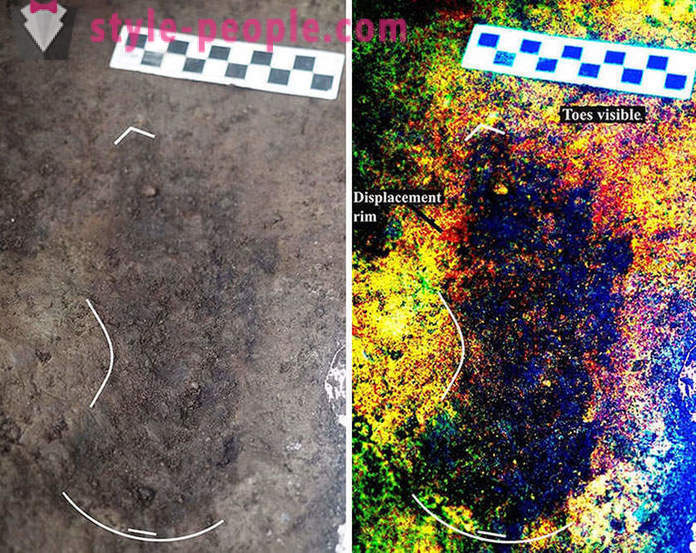
The plague killed long before the Middle Ages
We all know about the terrible plague - a plague that claimed the lives of more than 50 million people in Europe in the XIV century. Plague is still considered one of the most deadly and devastating disease in human history. Archaeologists have recently discovered skeletons that were buried 3800 years BC, the bacterium Yersinia pestis and Yersinia pestis. This finding suggests that the bacterium has already existed in the Bronze Age. This means that there was an earlier outbreak than the Middle Ages, and it influenced the migration of people across Europe and Asia.
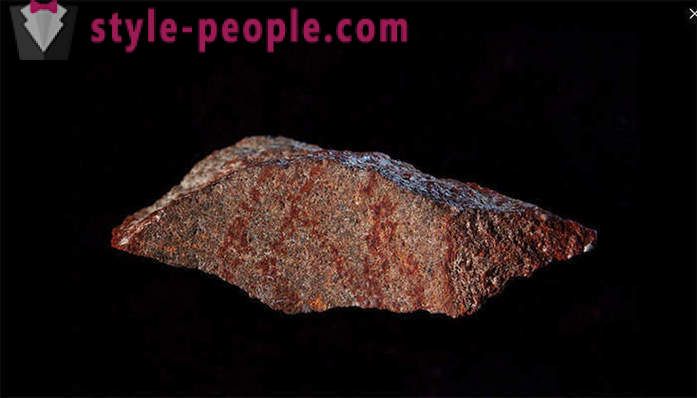
The most ancient traces of human
Traces have been found on the island of Calvert, Canada, in March. Followed by about 13 thousand years, and they belonged to three people - a child and possibly two adults. To this day they are preserved due to the fact that humans first stepped on the wet clay, which is then filled with sand.
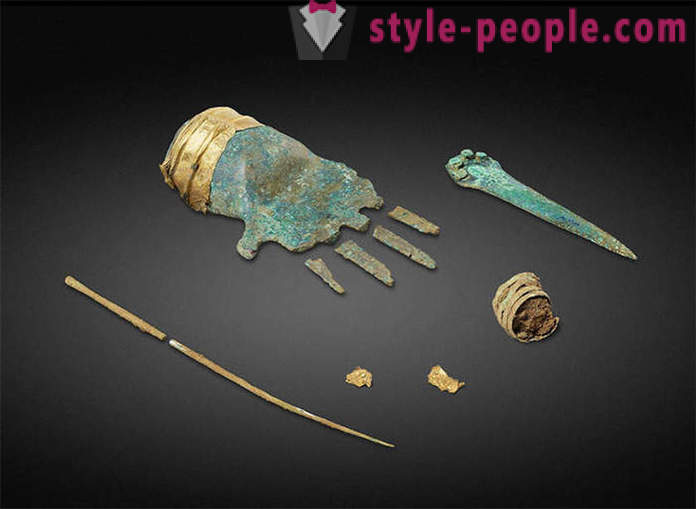
The oldest human figure
In a cave in South Africa, scientists have found a stone with red lines drawn by man. Age finds about 73 million years, which makes drawing the oldest evidence of human creative thinking. Figure represents a line intersecting made red ocher.

The oldest image of the human body
In Switzerland treasure hunters found a bronze hand with a metal detector, and gave it to the archaeological service. First, experts were not sure that the find is a historical. But now, Swiss scientists say with confidence that the artifact belongs to the middle Bronze Age. The fact that metal objects at that time were extremely rare, and gold, found on the hand, have never been found on objects in the tombs belonging to the Bronze Age. So this part of the sculpture is truly unique.
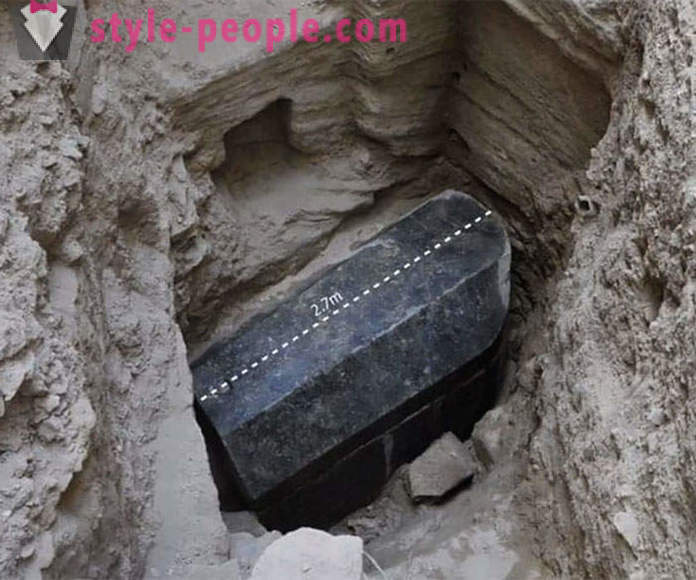
Our ancestors began to drink beer much earlier than we thought,
At the excavations the remains of beer found in Israel - have made it to the funeral more than 13,000 years ago, making it the oldest of alcohol in the world. Scientists have found a brewery on the site natufiytsev graves.
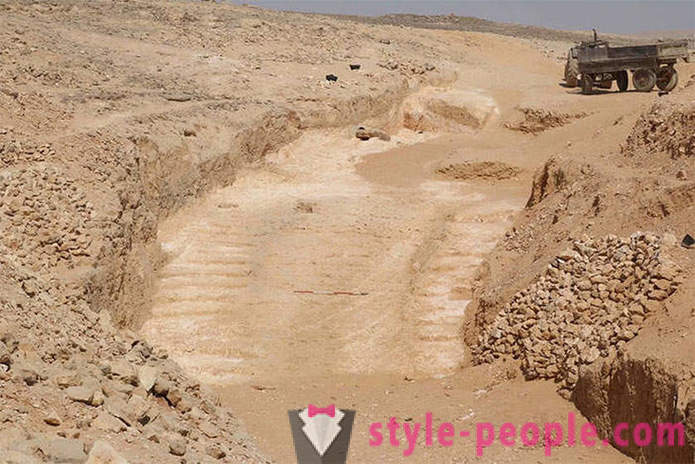
A huge black sarcophagus
The discovery of this sarcophagus bombshell in the media in 2018. It was discovered in Egypt and is a tremendous size. When archaeologists opened it, they found the remains of three people floating in a strange reddish liquid. The mummies belonged to a woman of 20-25 years and 30-40 years, the two men. Sarcophagus until remained untouched, so many people interested in the issue, as the liquid got there. Now scientists believe that this waste water leaked into the cracked surface of the burial.
Sarcophagus is considered the largest among those who have ever been found in Alexandria.
ramp to build the pyramid
Archaeologists have discovered an ancient structure by age 4500 years, which could answer the question, how was built, for example, the Great Pyramid of Giza. The researchers were able to find a system of ramps, which was used to raise the alabaster stone up a steep slope.













































